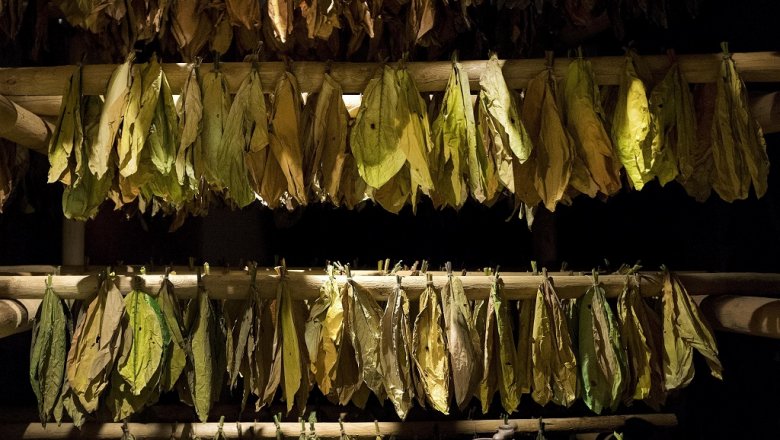Scientists have created a GMO tobacco growing with record speed
Scientists from the USA were able to get tobacco to grow 20% faster than the norm due to the slight optimizations in the genes of photosynthesis, which caused the plant to quickly recover from “safe mode”.

MOSCOW, November 18 — RIA Novosti. Scientists from the USA were able to get tobacco to grow 20% faster than the norm due to the slight optimizations in the genes of photosynthesis, which caused the plant to quickly recover from “safe mode”, according to a paper published in the journal Science.
“We used tobacco for the reason that it is easier to operate, but we now make such modifications in the DNA of rice and other useful plants. Those molecular processes that we change, are common to all plants, and we hope that we will reach an equally substantial increase in the rate of growth,” said Krishna Yogi (Krishna Niyogi) from the University of California at Berkeley (USA).
Over millions of years of evolution plants and cyanobacteria have learned to capture photons of sunlight and use energy to build molecules of nutrients. On the one hand, this process is very effective from the point of view of chemistry, and on the other plants use only 1-2% of the total energy radiation from the Sun. Given the growing food crisis and the need for “green” fuel sources, scientists in recent years have repeatedly tried to “improve” the efficiency of the plants.
It tells Yogi, one of the main constraints in the efficiency of photosynthesis are the plants themselves — when they believe that the light of the Sun is too bright, their leaves begin to scatter light, turning it into heat, thereby protecting yourself from burns and excessive evaporation of water.
When the heat subsides, they return to the normal state is not immediately, which significantly lowers the efficiency of photosynthesis. Overall, according to calculations of scientists, this “safe mode” reduces the maximum efficiency of plants growing in the middle lane of the United States or Russia by 25-30%.
Niogi and his colleagues decided to eliminate this disadvantage, changing the device three genes from the family of NPQ, conducting the work of the protein that forces a plant to “disable” the protection system against overheating during cloudy weather or simply the night time. To do this, scientists inserted two extra copies of these genes in the DNA in the cells of tobacco leaves and checked how they will respond to light.
A similar technique has been very effective, depending on the number of inserted genes, the rate of production of nutrients in the cells of tobacco increased by 14-20%, prompting scientists to continue this experiment in the greenhouse. Field experiments confirmed the results of laboratory tests of GMO tobacco with modified “system security” grew by about 14-20% faster than conventional varieties, and thus do not suffer from sunburn and other effects of “congestion” of the system of photosynthesis.
Scientists believe that similar effects can be quickly achieved in wheat and other food crops. Their creation, according to Neogi and his colleagues, will help humanity to avoid the systematic lack of food on Earth, which can appear as early as the mid-century, according to experts of the United Nations.